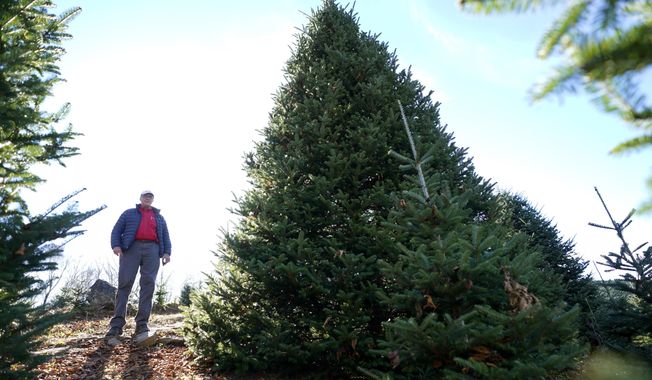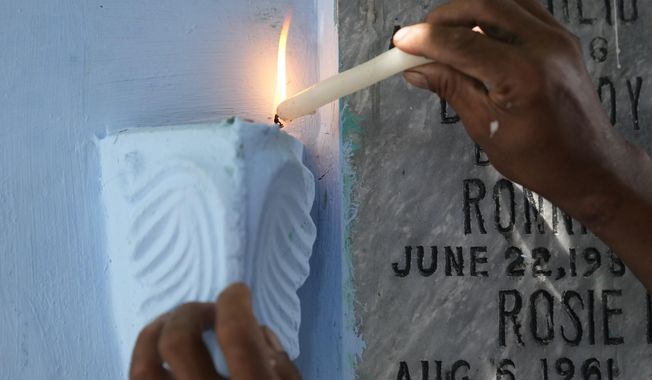
This combination of two undated handout photos provided by Brazil's National Museum shows the skull of Luzia Woman, left, and a reconstruction of Luzia, right, at the National Museum of Brazil in Rio de Janeiro. Discovered during an excavation in 1975 outside of the Brazilian city of Belo Horizonte, Luzia's fossilized remains sat in storage for two decades. In the mid-1990s, tests by scientists determined it was the oldest fossil in the Americas. It was given the name "Luzia," homage to "Lucy," the famous 3.2-million-year-old remains found in Africa. (Museu Nacional via AP)
Featured Photo Galleries

Trump Transition: Here are the people Trump has picked for key positions so far
President-elect Donald Trump has announced a flurry of picks for his incoming administration. Get full coverage of the Trump transition from The Washingon Times.

Trump dances onstage, takes post-election nation by storm
President-elect Trump dances onstage












